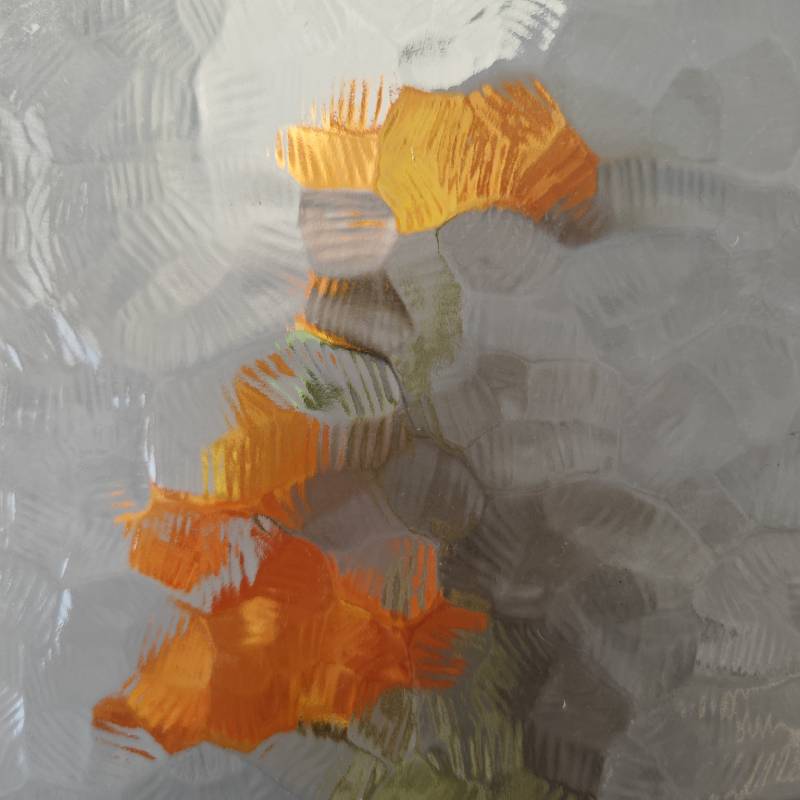

Tempered glass, also known as toughened glass, is a remarkable innovation in the field of materials engineering that has revolutionized the way we think about glass products. Unlike standard glass, which can shatter easily upon impact, tempered glass is designed to withstand a higher level of stress and temperature variations, making it an ideal choice for a variety of applications.
The process of manufacturing tempered glass involves heating it to a temperature of around 600 degrees Celsius and then rapidly cooling it. This process, known as quenching, alters the internal structure of the glass, creating a state of compressive stress on its surface. As a result, tempered glass is about five to six times stronger than regular glass. This enhanced strength allows it to resist breakage from impacts and temperature fluctuations, making it suitable for use in both residential and commercial environments.
One of the most important safety features of tempered glass is its behavior upon breaking. Unlike traditional glass, which can shatter into sharp, jagged pieces that pose a serious injury risk, tempered glass fractures into small, blunt fragments. This characteristic significantly reduces the risk of cuts and injuries, making tempered glass a preferred material for many safety-critical applications.

Tempered glass is widely used in modern architecture, particularly for facades, windows, and doors. Its aesthetic appeal, combined with its safety and durability, makes it a favored choice for building designers and architects. Additionally, it is often found in shower doors, glass tabletops, and even in vehicles. The versatility of tempered glass extends to areas such as kitchen countertops, where its heat and scratch-resistant properties are highly advantageous.
Another significant benefit of tempered glass is its capacity to withstand high temperatures, making it suitable for applications such as fireplace doors and oven windows. It can handle thermal stress without warping or cracking, which is a critical consideration in both domestic and industrial settings.
In conclusion, tempered glass represents a significant advancement in glass technology, offering enhanced safety, durability, and aesthetics. Its unique manufacturing process and physical properties make it a vital material in various industries, ranging from construction to automotive. As we continue to innovate and expand the uses for tempered glass, its role in modern life will undoubtedly remain prominent and significant.